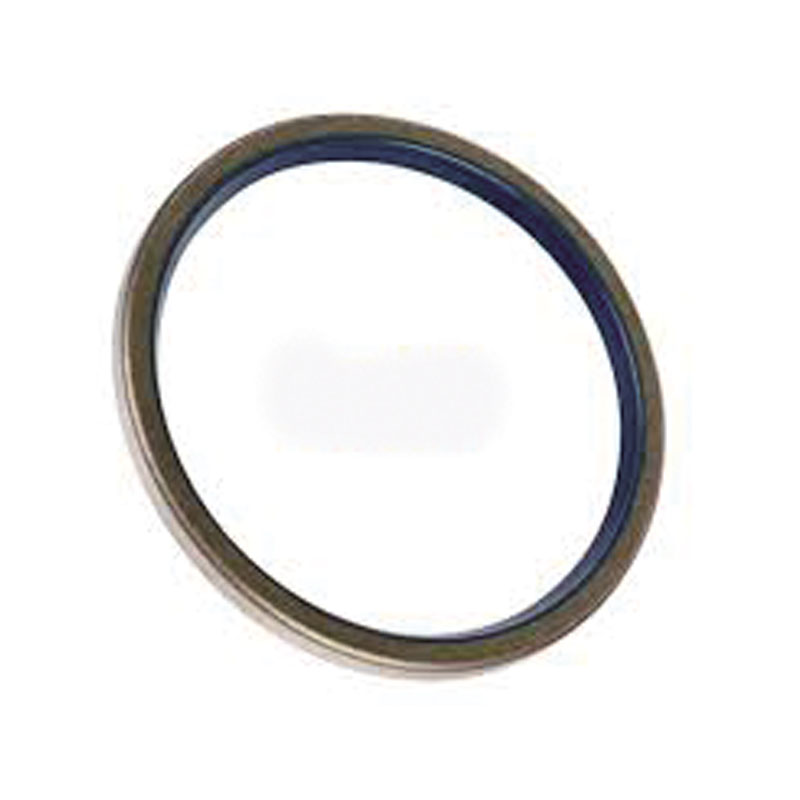Understanding Crankshaft Seal Gaskets and Their Importance in Engine Performance
Understanding Crank Seal Gasket Importance and Maintenance
The crank seal gasket, an integral component of an engine's functionality, plays a vital role in maintaining the integrity and performance of the vehicle. This gasket is situated at the front and rear of the crankshaft and serves to seal the areas where the crankshaft exits the engine block. Its primary purpose is to prevent oil leaks and maintain proper oil pressure within the engine.
The Role of Crank Seal Gasket
The crank seal gasket ensures that engine oil remains contained within the engine, preventing contamination from dirt and debris that may enter the system. An effective seal also helps in reducing the likelihood of oil leaks, which can lead to significant engine damage over time. When the gasket functions correctly, it contributes to engine efficiency, enhancing overall performance and longevity. It also aids in maintaining the appropriate operating temperature by ensuring that the oil circulates effectively.
Signs of a Failing Crank Seal Gasket
Over time, wear and tear from heat, pressure, and vibration can lead to the degradation of the crank seal gasket. Recognizing the symptoms of a failing crank seal gasket is crucial for timely intervention. Common indicators include
1. Oil Leaks One of the most obvious signs is the presence of engine oil pooling under the vehicle. If you notice oil spots where the car is parked, it’s essential to check the crank seal gasket. 2. Low Oil Levels Frequent oil top-ups without any visible leaks elsewhere might indicate that oil is escaping through a compromised gasket. 3. Engine Performance Issues Oil leaks can lead to a drop in oil pressure, which can negatively impact engine performance. Symptoms may include rough idling or unusual noises coming from the engine.
4. Visible Damage If you have access to the engine, a physical inspection may reveal cracks or signs of wear on the crank seal gasket.
crank seal gasket

Maintenance Tips
Regular maintenance is key to extending the lifespan of the crank seal gasket and, by extension, the engine. Here are a few tips to keep in mind
1. Regular Oil Changes Following the manufacturer’s recommendations for oil change intervals can help prevent the breakdown of the crank seal gasket due to old, degraded oil.
2. Monitor Engine Performance Pay attention to any changes in engine performance. If you notice any irregularities, have the vehicle inspected promptly.
3. Inspect Gasket Condition During routine maintenance, have the crank seal gasket checked for signs of wear or damage. This is particularly important for older vehicles.
4. Professional Inspections If you suspect an issue with the crank seal gasket, consult a professional mechanic. They can provide a thorough inspection and necessary repairs.
Conclusion
The crank seal gasket is a small but critical component of an engine's operation. Understanding its function, recognizing the signs of failure, and engaging in regular maintenance practices can save vehicle owners from costly repairs and ensure a smooth-running engine. By paying attention to these factors, car owners can help maintain the efficiency and longevity of their vehicles, ultimately enhancing the driving experience. Regular checks and timely interventions are key, as they contribute significantly to the overall health of the engine and the vehicle itself.
-
Understanding the Importance of the Crankshaft Oil Seal in Engine Performance
News Jun.16,2025
-
The Unsung Heroes of Engine Protection: Understanding Automotive Shaft Seals and Oil Seals
News Jun.16,2025
-
Keeping the Engine Tight: The Role of Crankshaft Seals and Gaskets in Oil Control
News Jun.16,2025
-
Complete Protection in Harsh Conditions: A Deep Dive into Cassette Seals
News Jun.16,2025
-
Choosing the Right Oil Seal: A Guide to Trusted Brands and Suppliers
News Jun.16,2025
-
Advanced Sealing Technologies: Exploring the Range of Modern Oil Seals
News Jun.16,2025
-
Your Essential Guide to Car Repair Kits: From Rust to Dings
News Jun.13,2025
Products categories















